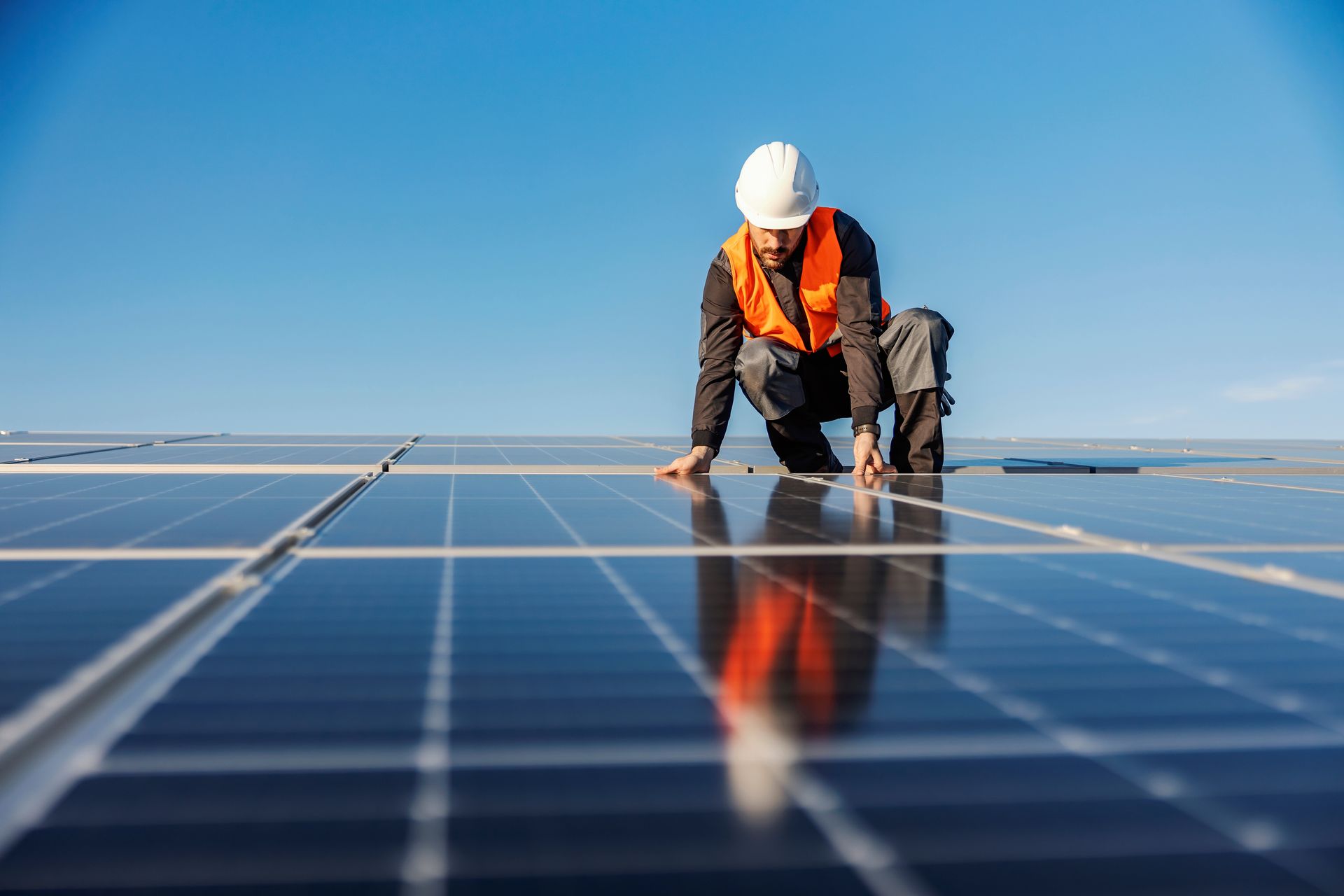Harnessing the Sun Safely: Fire Protection in Photovoltaic Systems
Picture this: It's a bright summer day, and the sun's rays are beaming down, powering a state-of-the-art photovoltaic (PV) system installed on the rooftop of a bustling commercial building. The promise of renewable energy and sustainability seems limitless, but in the midst of this solar success story lies a hidden risk – the threat of fire. With the soaring popularity of photovoltaic systems, ensuring robust fire protection measures has never been more critical. In this blog series, we unravel the untold tale of fire hazards in PV installations and explore how cutting-edge technology and best practices can safeguard us against the blaze.
As the world's attention turns towards renewable energy solutions, photovoltaic systems have emerged as a beacon of hope in the fight against climate change. With their ability to harness the boundless energy of the sun and convert it into clean electricity, PV systems have witnessed an unprecedented surge in popularity. According to the IEA, PV capacity multiplied by more than a factor of 100 in the last 20 years. From residential rooftops to vast solar farms, these innovative installations have become a symbol of our collective commitment to a sustainable future. The Europe region, for example, maintained its upward trajectory in solar installations in 2022, adding 31.8 GW of solar capacity, an impressive growth rate of 33%.
Unveiling hidden Fire Hazards: What Puts Photovoltaic Systems at Risk?
However, with this remarkable growth comes the pressing need for robust fire protection measures. Maybe you also stumbled across frightening images in the news of vast dark clouds emerging from the roof of a warehouse. In 2021, amazon decided to take all U.S. solar rooftops offline after numerous of theirPV systems caught fire. As more businesses and individuals embrace photovoltaic technology, the potential risks associated with electrical components, planning, and installation errors also escalate. Addressing the unique challenges posed by photovoltaic systems is not only a matter of safeguarding investments but also ensuring the safety of occupants, nearby properties, and the environment.
Beyond the radiant allure of solar power, photovoltaic systems conceal potential fire hazards. Among the primary culprits are the PV components themselves, susceptible to wear and tear over time. Poor connections, damaged cables, and faulty components can pave the way for short circuits and, eventually, overheating. This can lead to scorching or even electric arcs, where electrical voltages of up to 1000 VDC lurk dangerously. Installation errors, too, contribute to the list of fire-causing suspects. Incorrectly installed inverters may succumb to overheating, becoming potential fire starters. Insufficient insulation of electrical cables can also generate leakage currents and heat. The combination of manufacturing defects and improper installation further heightens the probability of fire incidents.
Additionally, unpredictable weather conditions, temperature fluctuations, and potential external fire sources pose ongoing challenges. Understanding and addressing these diverse fire-causing culprits are crucial for safeguarding the integrity of photovoltaic systems.
Beyond the Flames: Exploring the Consequences of Fires in Photovoltaic Systems
The repercussions of fires in photovoltaic installations can extend far beyond the charred remnants of the system itself. The potential financial losses, property damage, and safety risks associated with these incidents can be devastating. Take, for instance, a recent incident in Wallis, Switzerland where an industrial building equipped with solar panels tragically succumbed to flames. Not only did the blaze result in the complete destruction of the building, but it also triggered a grazing and harvesting ban on the surrounding farmlands. The solar panels, laden with toxic substances, left dangerous residues on the land, necessitating precautionary measures to protect the environment and public health.
As a result, the safety risks posed by the release of hazardous substances during such incidents underscore the necessity of fire protection measures that not only safeguard investments but also preserve the wellbeing of the ecosystem.
Guarding Against the Blaze: Tackling Fire Protection Challenges in Photovoltaic Systems
Amid the rising concerns surrounding fire protection in photovoltaic systems, innovative solutions are emerging to alleviate these concerns. Enter the d-LIST line-type heat detector by LISTEC, designed to safeguard PV installations with unwavering precision.
This early fire detection system, renowned for its reliability, deploys advanced heat detection technology that is tailor-made for the unique challenges posed by photovoltaic systems. Unlike traditional point detectors, the d-LIST's distributed sensors enable swift identification of individual temperature variations along its entire cable length, ensuring timely detection of hotspots and potential fire initiation points. Its versatility shines through as it seamlessly integrates with our fire alarm systems, enabling centralized monitoring and prompt response to any detected anomalies.
With its robust construction, the d-LIST line-type heat detector remains resilient against environmental extremes, ensuring uninterrupted protection across diverse weather conditions. For photovoltaic systems at risk of fire hazards, the d-LIST proves to be the much-needed guardian, offering early warnings and empowering stakeholders to take proactive measures and prevent damages.
Conclusion
Fire protection is paramount in safeguarding the brilliance of photovoltaic systems. By understanding potential hazards, adopting advanced solutions like LISTEC's d-LIST line-type heat detector, and prioritizing safety measures, we pave the way for a resilient solar and bright future. Contact us nowto fortify your investments against potential fire hazards.
